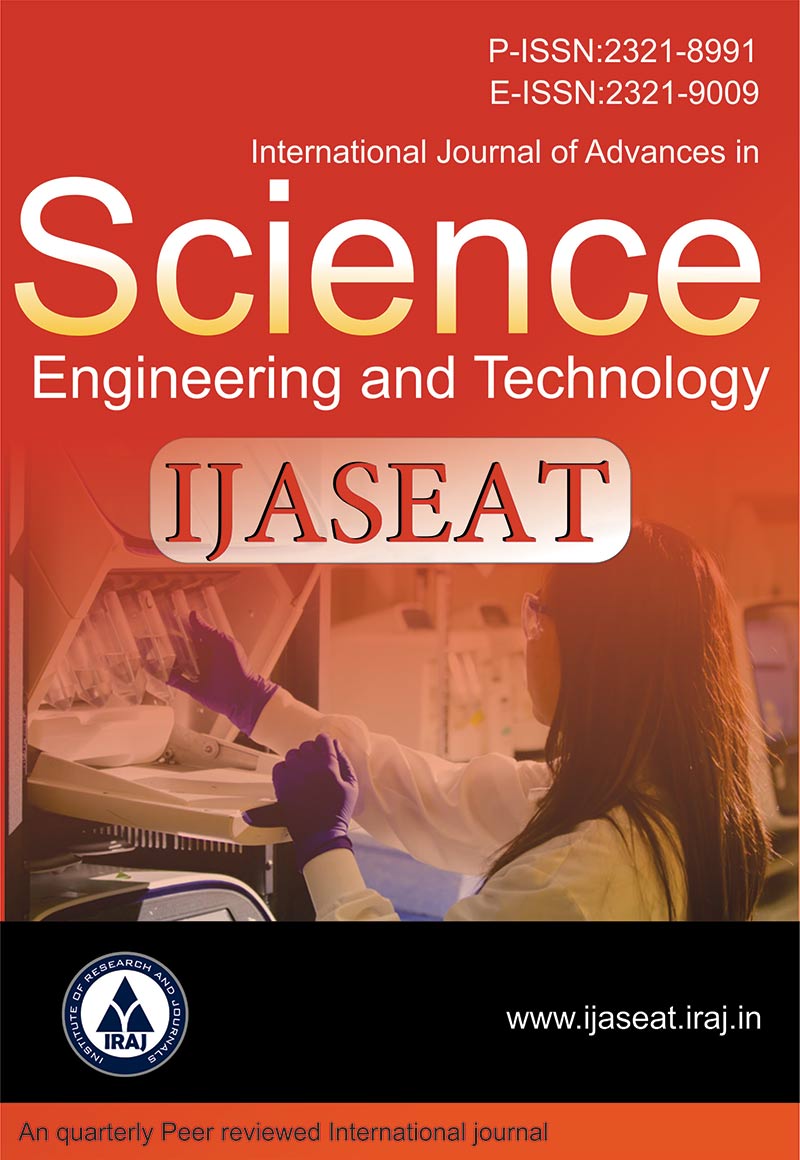Publish In |
International Journal of Advances in Science, Engineering and Technology(IJASEAT)-IJASEAT |
 Journal Home Volume Issue |
||||||||
Issue |
Volume-6, Issue-3 ( Jul, 2018 ) | |||||||||
Paper Title |
Phytoremediation of Lead in Contaminated Soil: Basis for Public Policy | |||||||||
Author Name |
Maria Jenina A. Tongol | |||||||||
Affilition |
Bulacan State University, Philippines | |||||||||
Pages |
43-45 | |||||||||
Abstract |
The translation of scientific data into public policy would define them as valuable contributions with social and economic value. Use of scientific knowledge into public policy allows for it to be shared in a comprehensible form. This is the case of the phytoremediation of lead using Sesbaniagrandiflora L. as the basis for a municipal ordinance in Bulakan, province of Bulacan in the Philippines. The Marilao-Meycauyan-Obando river system also known as MMORS has been considered one of the dirtiest in the world. Bulakan’s river is a tributary of the MMORS. The information on the heavy metal contamination of soil samples was the basis for the drafting of a municipal ordinance by Bulakan. The ordinance was drafted and approved using the public policy-making cycle. The ordinance started its course as a public policy in 2012. It was successfully established as an ordinance in 2015. By 2016, the policy was implemented thru the government supported projects and assisted by the university. In 2017, it was determined by the municipal officials that the ordinance required a more robust system to sustain the Sesbaniagrandiflora L. planting. The municipal social welfare and development officer utilized the ordinance as a tool for encouraging single parents to participate in its social reform program. It encourages single parents to participate in community programs that aim to preserve the natural and social environment. Their participation allows them to be eligible to a financial assistance program. Although the planting is favorably sustained, the growth of the Sesbaniagrandiflora L. plants face the challenge of enduring climate effects and human intervention. According to an evaluation of the land planted with Sesbaniagrandiflora L., only 40% of the original plants remain undisturbed and allowed to flourish. Based on the evaluation, the reasons contributing to the 60% loss are; (1) destruction by humans; (2) clearing operations of home owners; (3) reclamation attempts near river banks; and (4) general lack of knowledge on the benefit of Sesbaniagrandiflora L.to environmental protection and restoration. An appropriate intervention program that would address the information and education campaign is necessary. The intervention program through an information and education campaign is a university-based strategy with a set monitoring and evaluation in place. Corrective measures are also established to address all constraints that may arise in the course of implementation. The university would publish a children’s book on the story of the Sesbaniagrandiflora L. and how it helped in the preservation of the environment. This is a unique feature of the intervention program as it deals with a sustainable community-based activity. Keywords - Phytoremediation, Sesbaniagrandiflora L., public policy | |||||||||
| View Paper | ||||||||||